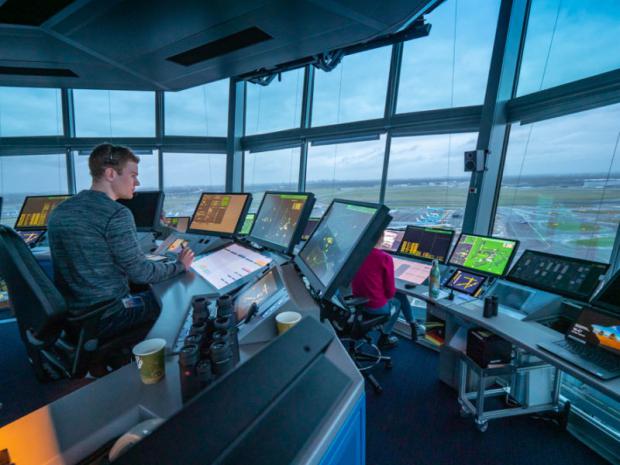
Breaking News
 FULL REPLAY: President Trump Delivers an Address to the Nation - 12/17/25
FULL REPLAY: President Trump Delivers an Address to the Nation - 12/17/25
 MELANIA, the film, exclusively in theaters worldwide on January 30th, 2026.
MELANIA, the film, exclusively in theaters worldwide on January 30th, 2026.
Top Tech News
 This tiny dev board is packed with features for ambitious makers
This tiny dev board is packed with features for ambitious makers
 Scientists Discover Gel to Regrow Tooth Enamel
Scientists Discover Gel to Regrow Tooth Enamel
 Vitamin C and Dandelion Root Killing Cancer Cells -- as Former CDC Director Calls for COVID-19...
Vitamin C and Dandelion Root Killing Cancer Cells -- as Former CDC Director Calls for COVID-19...
 Galactic Brain: US firm plans space-based data centers, power grid to challenge China
Galactic Brain: US firm plans space-based data centers, power grid to challenge China
 A microbial cleanup for glyphosate just earned a patent. Here's why that matters
A microbial cleanup for glyphosate just earned a patent. Here's why that matters
 Japan Breaks Internet Speed Record with 5 Million Times Faster Data Transfer
Japan Breaks Internet Speed Record with 5 Million Times Faster Data Transfer
 Advanced Propulsion Resources Part 1 of 2
Advanced Propulsion Resources Part 1 of 2
 PulsarFusion a forward-thinking UK aerospace company, is pushing the boundaries of space travel...
PulsarFusion a forward-thinking UK aerospace company, is pushing the boundaries of space travel...
 Dinky little laser box throws big-screen entertainment from inches away
Dinky little laser box throws big-screen entertainment from inches away
 'World's first' sodium-ion flashlight shines bright even at -40 ºF
'World's first' sodium-ion flashlight shines bright even at -40 ºF
23 airports controlled from one locale as small airfields meet the future

Nowadays we often get so fixated on things like air taxis and electric jets that we overlook that there are other major trends in the field of aviation. One of these is how small airfields are evolving to meet future needs. That may seem like a very niche thing, but if you open up Google Maps on someplace like Norway and search for airfields you'll find a surprising number that isn't even exhaustive because it overlooks a lot of the smaller ones that are basically landing trips that they shoo the cows off of.
These smaller airfields are extremely important not only because of the access that they provide to remote areas for things like medevac services, they also have the potential for taking pressure off the larger airport hubs that have become the norm since the late 1970s. The dependence on a few large centers to handle most of the world's passenger traffic and flight operations has become increasingly overloaded, so alternatives are being sought.
One of these is to rely more on smaller regional airports as well as small or even tiny airfields to take up some of the burden and bypass the air hubs or use them less frequently. As new technologies come online, this idea has become more feasible, but it still requires dealing with some serious bottlenecks.
One such bottleneck is that many small airfields simply don't have the air traffic facilities for regular services. Even if the equipment is available, the cost of staffing such a field would be prohibitive.
To overcome this, Indra has developed a system where multiple airfields can be controlled from automated control towers operated from a central location. Using the company's InNOVA air traffic control system, a single operator can deal remotely with up to three airports at one time. This means that a low-traffic airfield can have the same flexibility at a reasonable cost as a larger one.
Currently, Indra provides its technology to the Remote Tower Centre at Avinor Air Navigation Services's Bodø location, which is claimed to be the world's largest with 16 control stations capable of handling up to 48 airports at one time. The InNOVA air traffic control system provides the operator with a single, fully integrated display showing all the usual air traffic and airport control functions, including air traffic situation display, electronic flight strips, and weather info.
In addition, a supervisor can oversee planning and allocate airports to the different workstations as required. Meanwhile, a bespoke communications system keeps both air crews and ground personnel in the loop.

 The Prime Directive is Evil
The Prime Directive is Evil
 Don't Worry About Bitcoin
Don't Worry About Bitcoin

